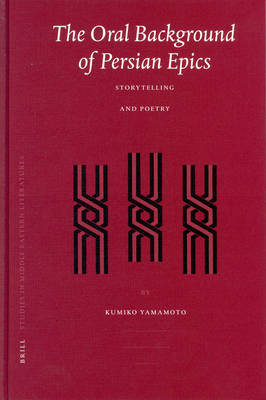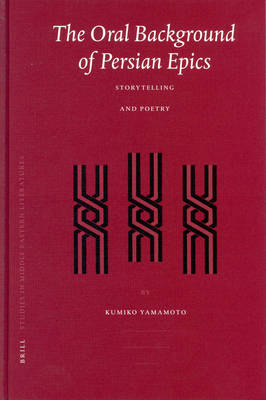
- Afhalen na 1 uur in een winkel met voorraad
- Gratis thuislevering in België vanaf € 30
- Ruim aanbod met 7 miljoen producten
- Afhalen na 1 uur in een winkel met voorraad
- Gratis thuislevering in België vanaf € 30
- Ruim aanbod met 7 miljoen producten
Zoeken
Omschrijving
This volume discusses the indirect influence of oral transmission on the genesis and evolution of the Persian written epic tradition. On the basis of formal characteristics of naqqâli (Persian storytelling) performance, a set of formal and thematic criteria is proposed to determine the extent to which written Persian epics show structures ultimately deriving from oral performance. It is applied to the Shâh-nâme of Ferdowsi (c. 1000) and to the Garshâsp-nâme of Asadi (c. 1064-66).
The first part of the book examines the Oral-Formulaic Theory and proposes an alternative approach focusing on naqqâli. The book may be relevant to both oralists and Iranists; it demonstrates the complex process where orality interacts with written tradition in the genesis of the Shâh-nâme.
The first part of the book examines the Oral-Formulaic Theory and proposes an alternative approach focusing on naqqâli. The book may be relevant to both oralists and Iranists; it demonstrates the complex process where orality interacts with written tradition in the genesis of the Shâh-nâme.
Specificaties
Betrokkenen
- Auteur(s):
- Uitgeverij:
Inhoud
- Aantal bladzijden:
- 220
- Taal:
- Engels
- Reeks:
- Reeksnummer:
- nr. 26
Eigenschappen
- Productcode (EAN):
- 9789004125872
- Verschijningsdatum:
- 10/04/2003
- Uitvoering:
- Hardcover
- Formaat:
- Genaaid
- Afmetingen:
- 166 mm x 246 mm
- Gewicht:
- 530 g

Alleen bij Standaard Boekhandel
+ 396 punten op je klantenkaart van Standaard Boekhandel
Beoordelingen
We publiceren alleen reviews die voldoen aan de voorwaarden voor reviews. Bekijk onze voorwaarden voor reviews.








